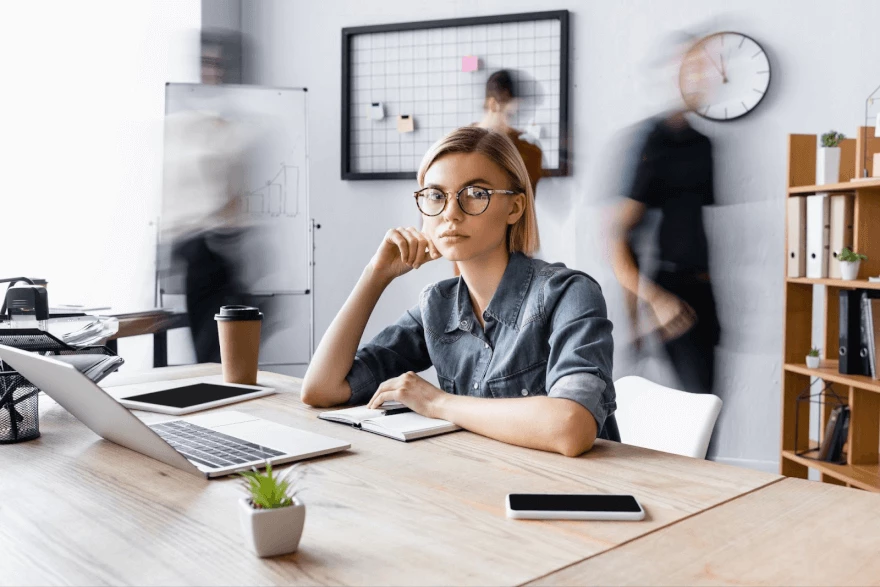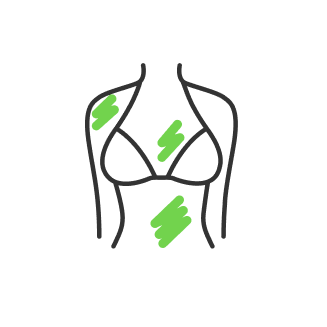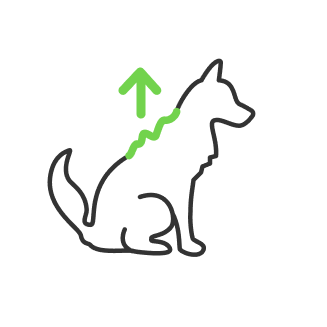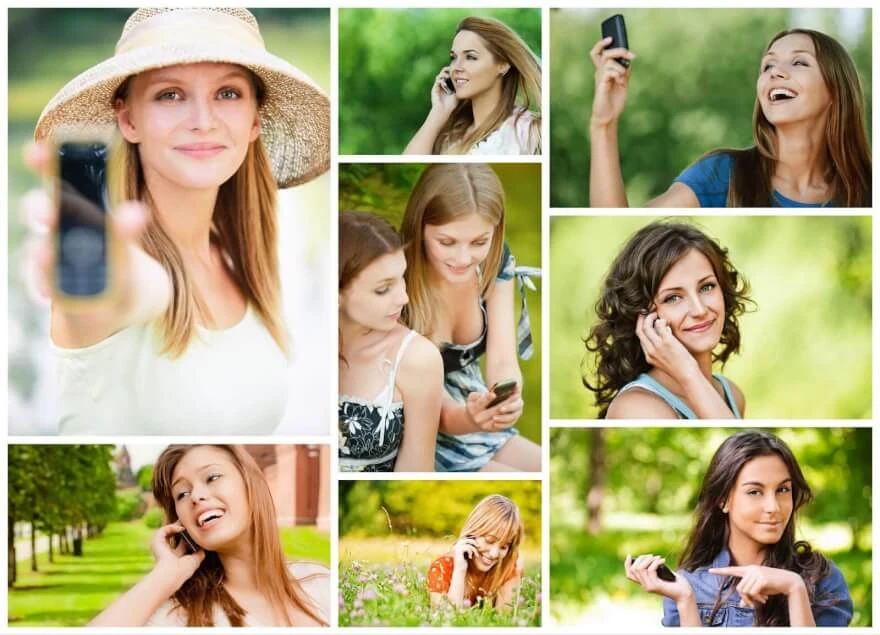Daylight long exposure photography ideas

- What is a long exposure photo?
- How to do long exposure photography?
- Daytime long exposure issues and fixes
- ND filters
- Long exposure jitter prevention
- Long exposure street photography
- Featured usage
- Long exposure portrait photography
- Stunning landscape shots taken with long exposure
When we think about photography the 1st that goes to mind is that we take out the camera and capture images. But when we talk about long exposure photography then we are more likely to talk about motion capture. How counterintuitive it sounds it still has a place in photography styling. Today we are going to discuss tips and tricks for taking long shutter speed photos and how to take advantage of that in order to bring a new style to your images.
What is a long exposure photo?
To get a better understanding of how motion capture is possible we need to talk about the tech side of that matter and figure out what actually provides this effect to be achieved in terms. At first, we need to understand camera basics and how it works. The main pieces of equipment in your camera are the sensor, lens, aperture, and shutter, they interact in a certain way. The sensor captures the light it is exposed to and the shutter and aperture control the amount and longevity of that light coming in. Sensor also has different attributes and the most important for our topic is ISO or light sensitivity which is set on a digital level manually by a photographer to achieve certain results via aperture-shutter-ISO interaction. That is how the exposure triangle rule appears.

In this image we clearly see dependencies between these 3 settings that you can manually adjust to achieve certain effects. The definition of exposure is encoded in the word itself – it is how exposed is your sensor to the light. Long exposure means that the sensor is exposed to the light for a relatively long time. It could be a fraction of second and even minutes and hours, depending on shooting conditions and the effect you want to achieve from that.
How to do long exposure photography?
Long exposure is when you open up the camera shutter for a long period of time to let in more light and as a result, all the moving objects in the photo blur out when all the stationary objects stay sharp.
With long exposures, you can capture light trails

The best use is for long exposure car photography to emphasize the road traffic

The long exposure emphasizes the contrast between movement and static

An indispensable part when taking pictures of the Aurora Borealis or Northern lights


And even do light painting photography

As you could mention, most of these shots were made at nighttime. Today we are going to give ideas and tips on daytime long exposure photography.
Daytime long exposure issues and fixes
To get that streaking lights effect we shot at a really long shutter speed like 30 seconds which allowed objects to create motion blur as they move throughout the frame. Now, since there was very little ambient light at nighttime our ISO and aperture were set so low that without the really low shutter speed or the long exposure time, the photo was pitch-black.

Even at 750th of a second, the photo is still not black as we gradually increase our exposure time we see that one-sixtieth of a second is what the camera deems optimal. That is still too fast to get any motion blur. We slow it down to one second and now the photo is completely white.
ND filters
Our nighttime photos needed at least 15 seconds to capture those streaking lights, but we do not have that luxury in the daytime, so how can we do it? Well, the answer is ND filters (Neutral Density).

Think of these things as sunglasses for your lens except way more powerful. By using an ND filter we can get the white-pitched photo to look comparable to the first photo that we shot at 1/750th even now we are at two seconds. We can increase the exposure time longer and longer until it reaches 30 seconds.

And now we can see that our maxed shutter speed at 30 seconds with an ND filter is equivalent to 1/30th of a second without.
ND filters come in shades of light as sunglasses to as dark and powerful as welding glass. Their whole purpose is to block out light giving us more control over shutter speed and getting some power back from the Sun. We essentially made daytime look like nighttime.
As we get to know ND filters reduce or modify the amount of light and color wavelength without changing the hue of color rendition. This means we can slow the shutter speed down by the amount of stops that the ND filter is graded by. The more stops the darker the filter. That allows us to do natural light photography with long exposures and not get pitch-white results. ND filters contain 2 parts, a magnetic base that attaches to your lens and the filter itself. You can even stack ND filters on top of each other if you have double exposure ideas.
Long exposure jitter prevention
The main concern about long exposure photo shoots is that on a long shutter speed, the camera becomes way too sensitive to any motions. Even by pressing the shutter speed button we can spoil our image and completely blur it with even a small jitter caused by our hands. That is why you need 2 pieces of equipment to prevent that.

A remote shutter allows you to operate your shutter from a distance without straightforward interaction with your camera. You can also set a timer on your camera if that is an option, but the main issue here would be that sometimes you know better when to release the shutter, so manual and remote way provides you with better control over the set composition.

The second piece is a good solid tripod. Sometimes you can set your camera on the ground, but a tripod provides height and stability control. Make sure your tripod is solid and stick into the ground deep enough to prevent shaking from the wind.
Now as we have everything set and understood let us get to photographing!
Long exposure street photography
Street photography has lots of variety. We can photograph streets, buildings, people, moving cars, and even find some good landscape shots outside the city. Here we come up with several ideas for each of them.

Here is one fascinating idea for street photography that we have been expired of while looking at the Silent World series of photos of big cities with no people on them. At 1st look, it seems like edited images, but in reality, it was featured with long shutter speed manipulation combined with ND filters over it.

Images like this were exposed over such a long time that anything moving in the shot simply vanishes. The longer the shutter is open, the less of an impact any moving object has on the final image.
Featured usage
A faster shutter speed will render a crisp, sharp capture of any motion. A slower shutter speed will start to blur the movement.
A super long shutter speed will start to make all tracers of the object vanish completely – all as shown in the image above.
When you would be on the street with intensive motion and start photographing at different shutter speeds you will notice how the set F-stops will affect the image.
At 1/340 of a second, you will see people are frost in motion, at ⅛ walking people start to blur but still shows their figures, and at longer shutter speeds most of the people will vanish besides those who stood still in the frame.

Besides the long exposure city photography this feature has been used in commercial photos of offices and workplaces in buildings. 1/5th – 1/8th of a second is generally what they use when doing that kind of work, as it still shows recognizable figures to show the space in use and the scale, but their identity is hidden. So the focus of the shot remains on the space and not on the people. That way you can be creative on your own while doing long exposure photography people to make them stay unidentified or even disappear in the shot. For that, you can use 10 stops ND filter combined with 2 minutes shutter speed to make every moving object to vanish. We also recommend using a manual camera set up to prevent the influence of autofocus modes and other automated features from spoiling the effect.
Long exposure portrait photography
You can apply the same features of long exposure to portrait photography. A particular approach could lead you to creepy results. You can make a portrayed person look like a ghost or add the ghost right next to or behind the person to convey some story with it.
Here are some good examples:
Double face self-portrait


Ghost involved

Stunning landscape shots taken with long exposure
British artist Darren Almond takes long exposure night photos lit only by the moon in his series Full Moon and Nocturne.

On initial glance, these images could be mistaken for daytime, but there is an ethereal strangeness to the light as he keeps the shutter open for periods upwards of 15 minutes at a time.

The moon moves across the sky, which creates soft shadows. Colors appear subtly different from how we perceive them in the day. There is a surreal, dreamlike quality to these landscapes. Almond shows the stunning vistas, colorful fields of flowers; the sorts of places we have seen in photographs many times before.

But there is something unsettling about these images. They seem indescribably wrong. They feel slightly unnerving like you should not be there. Not only that, but they are real landscapes, and they are presented to us in a way that we can not see with the naked eye. Almond has created a fascinating view of the world we know but with an underlying magical and sometimes ominous quality. This is what you can do with the image by just manipulating the shutter speed, this is how to make live photo long exposure.
Co-founder of RetouchMe. In addition to business, he is passionate about travel photography and videography. His photos can be viewed on Instagram (over 1 million followers), and his films can be found on his YouTube channel.
Moreover, his profile is featured on the most popular and authoritative resource in the film industry — IMDb. He has received 51 international awards and 18 nominations at film festivals worldwide.

with RetouchMe














